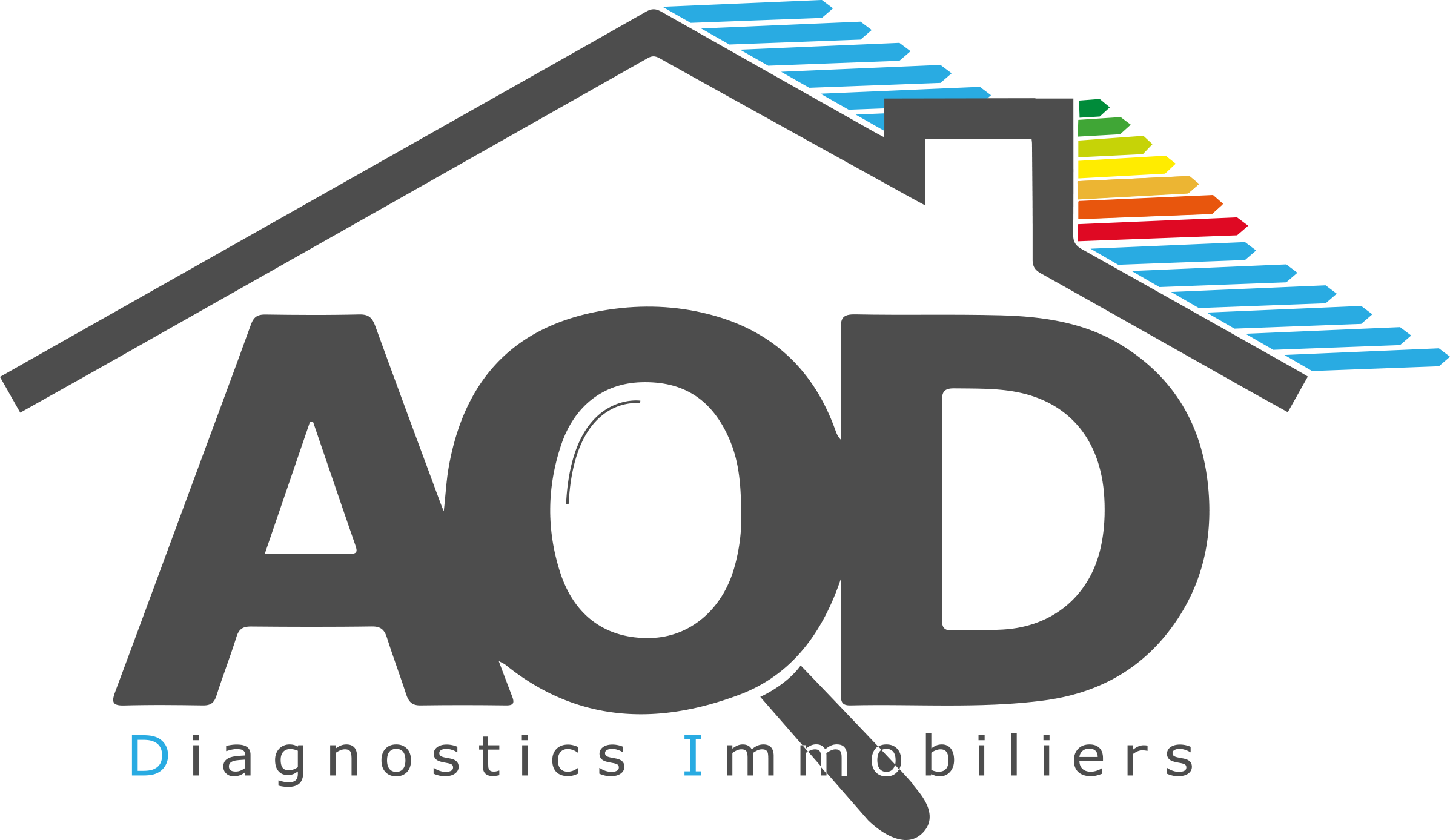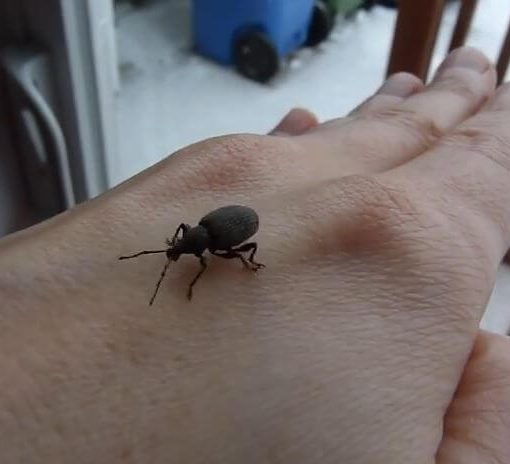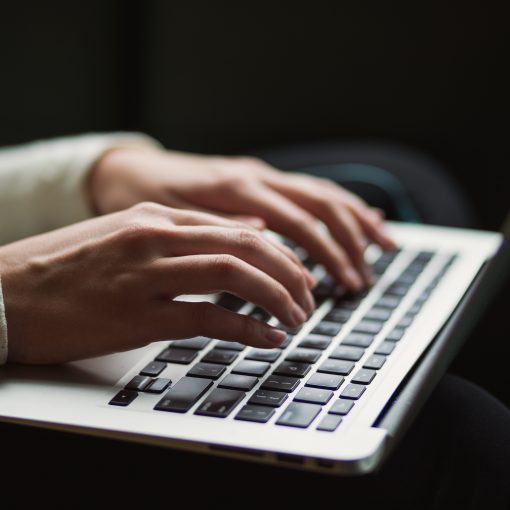What are wood boring insects?
A wood-eating insect
The term wood boring insect comes from the Greek words xylo (wood) and phage (eat). Their semantic origins alone are sufficient to understand that wood insects, in their larval state, feed on wood. For it is the larvae of these insects that feed on wood.
During their development cycle, which can vary from 1 year to 10 years, these insect pests will take advantage of this to dig galleries in the wood. They will find their place in the frameworks, joineries, furniture.
Wood-eating insects that may be present in a house
The little beetles

The little beetles
- The size of the grubs The adult size is 2.5 to 5 mm.
- The colour of the small grubs is more or less dark brown.
- The physical characteristics of small grubs They have short antennae, their Elytra are striated, recognisable by their corselet, a sort of bonnet that covers their head.
- La durée de vie d’une petite vrillette is between 3 and 4 weeks.
- The little vrillette pond de 20 à 30 œufs dans les fentes ou les rugosités des surfaces du bois ou sur des parois d’anciennes galleries.
The big beetles
- The size of the large grubs The adult size is 5 to 7 mm.
- The colour of the large grubs est brun foncé et l’aspect marbré dû à des touffes de poils jaunâtre..
- The physical characteristics of large grubs Corselets (bonnet) covering the head, triangular in shape, rounded at the corners.
- La durée de vie d’une grosse vrillette is 9 weeks.
- The big one vrillette lays an average of 100 eggs in cracks or roughnesses in the surface of wood, on the walls of old galleries.
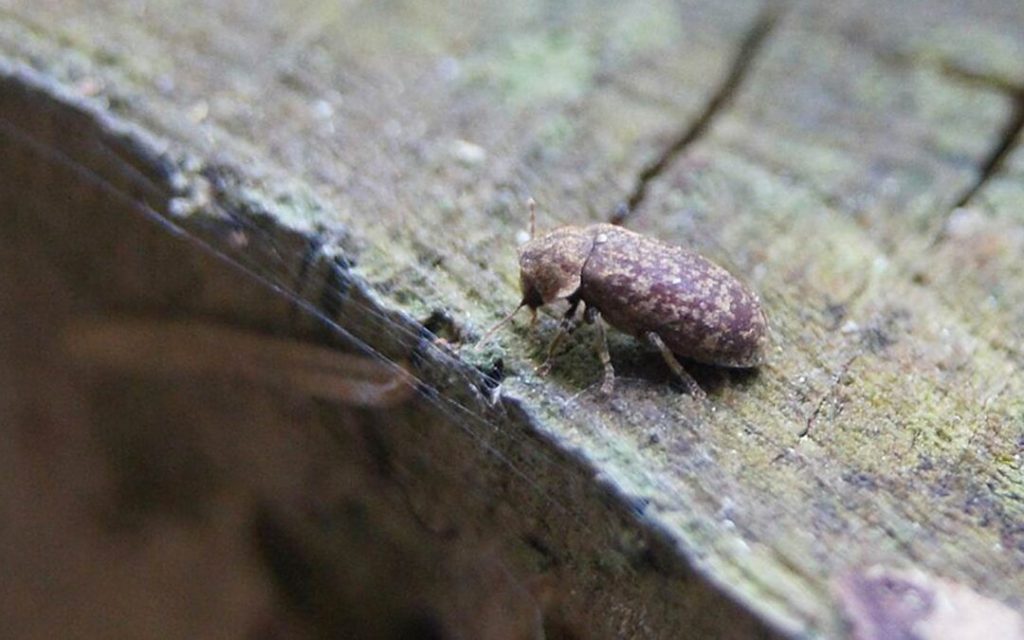
The house capricorn

The house capricorn
- La bestiole, 10 à 20 mm, est fondamentalement noire, parfois brune, voire grisâtre, et sur l’insecte récemment éclos la tête et les marges du thorax apparaissent grises et duveteuses du fait d’une pilosité assez abondante. Les critères qui permettent d’identifier l’insecte à coup sûr sont les 2 tubercules thoraciques, toujours noirs et luisants, ainsi que les fascies plus ou moins grises et marquées des élytres.
Le capricorne est l’insecte le plus commun parmis Les insectes xylophages pouvant être présents dans une maison.
The weevil
- The weevil is a small black insect measuring between 2 and 4 mm. This small beetle is rather long with a flat back. It is a discreet beetle that settles in our cupboards in search of cereals, often unwittingly brought to us by a package that was poorly sealed during manufacture or half-opened in a shop. It is a miniature beetle with six legs and a proboscis that is easily recognisable.
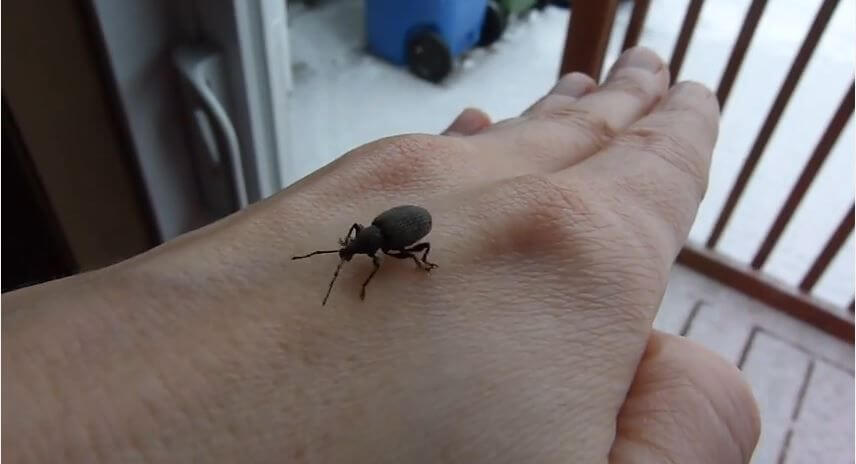
The Brown Lyctus
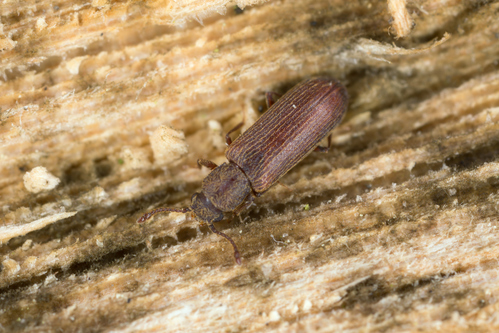
The Brown Lyctus
Lorsqu’il est adulte le lyctus brun a les caractéristiques suivantes :
- size: 4 to 6.5 mm long with an elongated shape
- A large head
- 3 pairs of legs
- Powerful mandibles
- 11-item antennae with a 2-item club at the end
- Elytra (carapaces covering the wings) about 2.5 times longer than wide.
Wood-eating insects that may be present in a house
Ces insectes ne sont pas nécessairements présents dans votre maison. Certains peuvent l’être. En plus des caractéristiques physiques, on peut détecter ces insectes par les traces qu’ils laissent derrière eux.
Pour plus d’informations à ce sujet, vous pouvez nous contacter.
